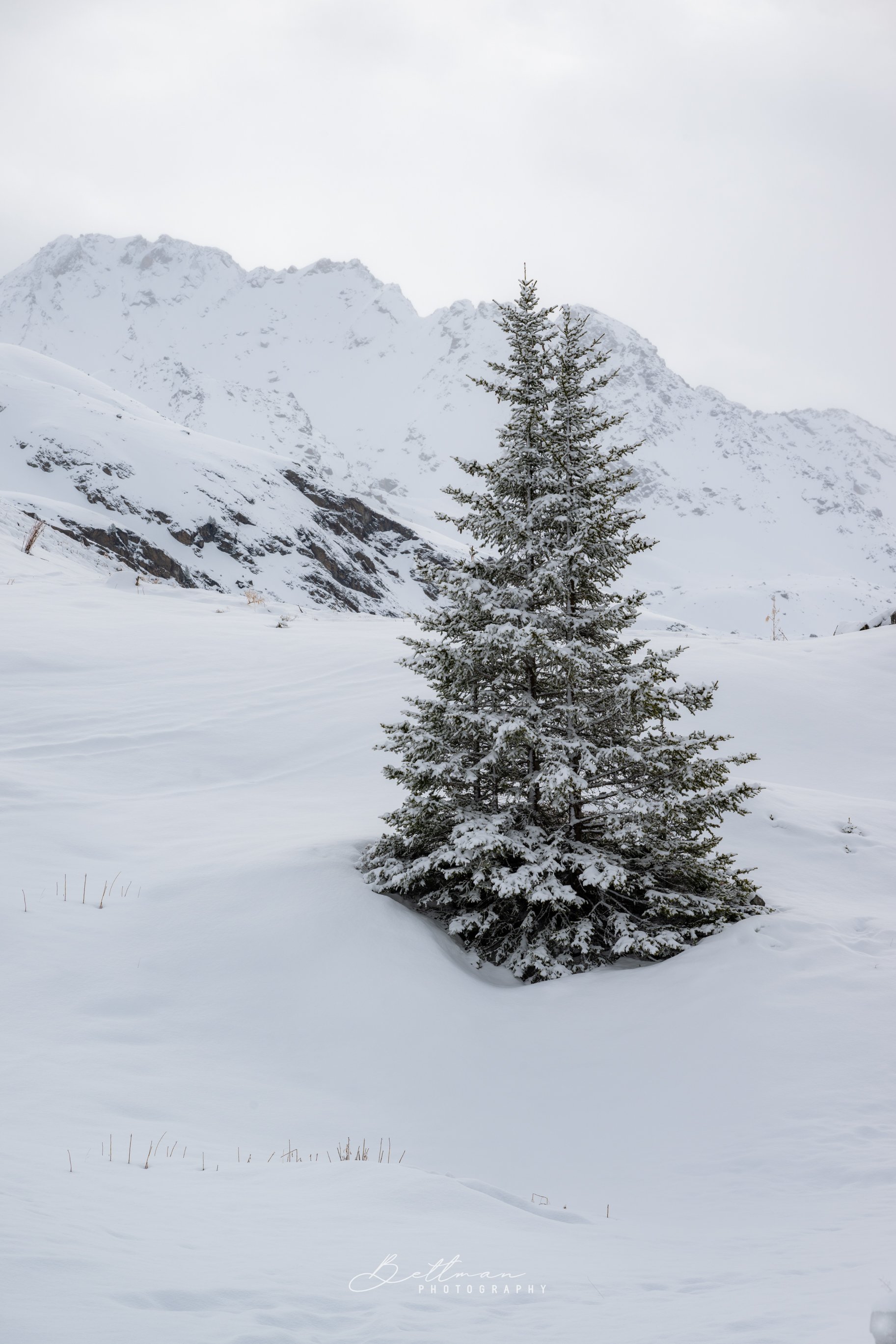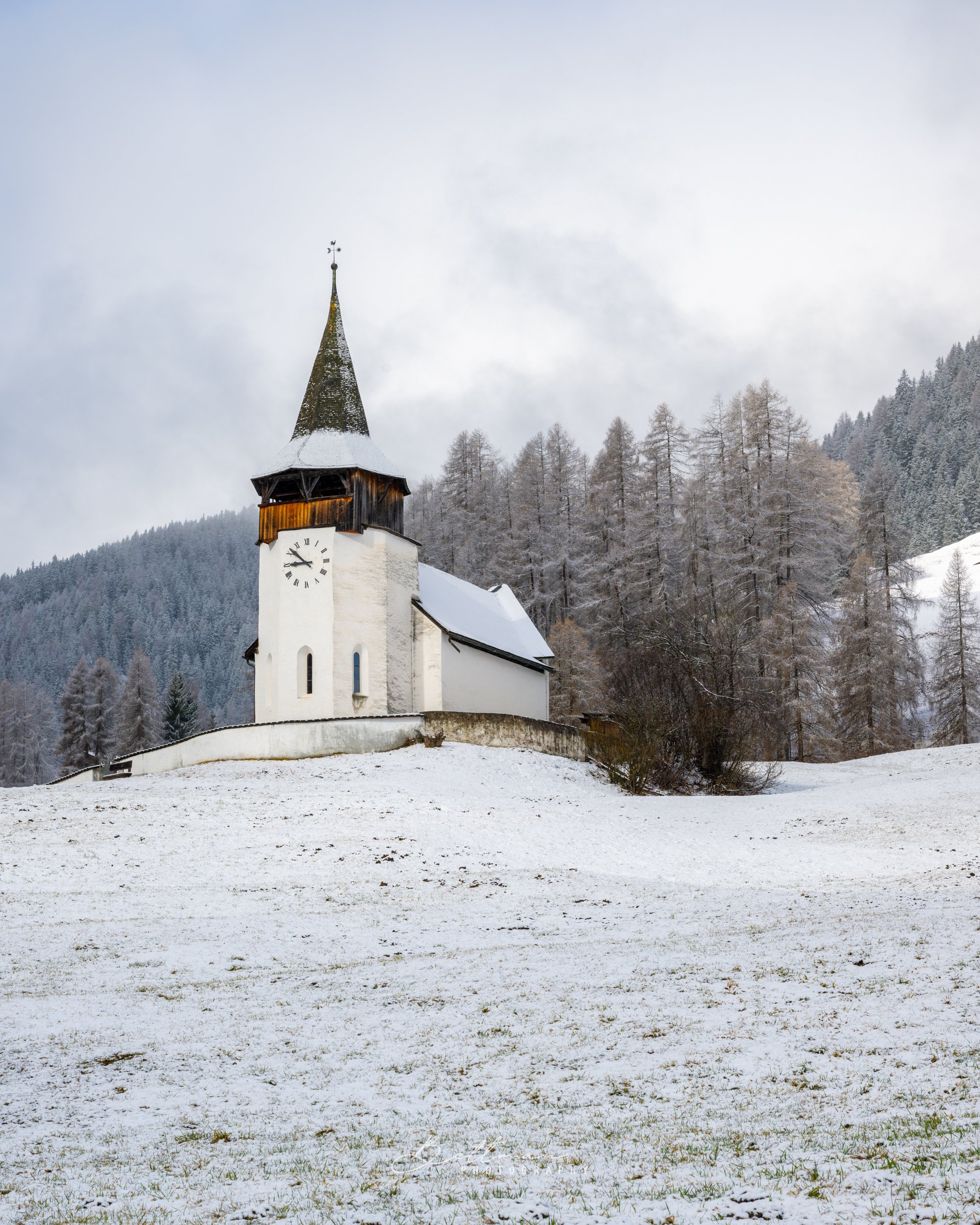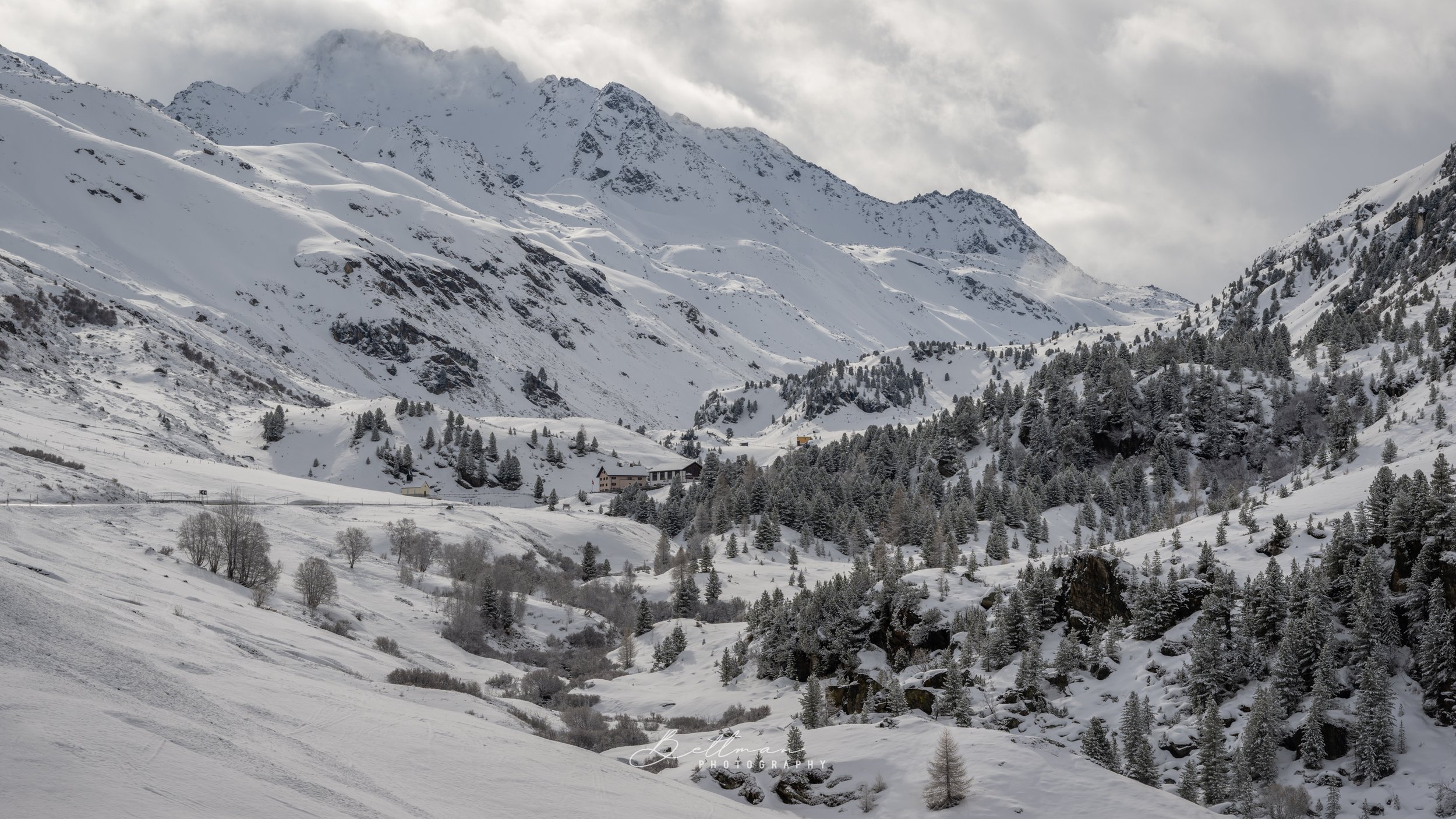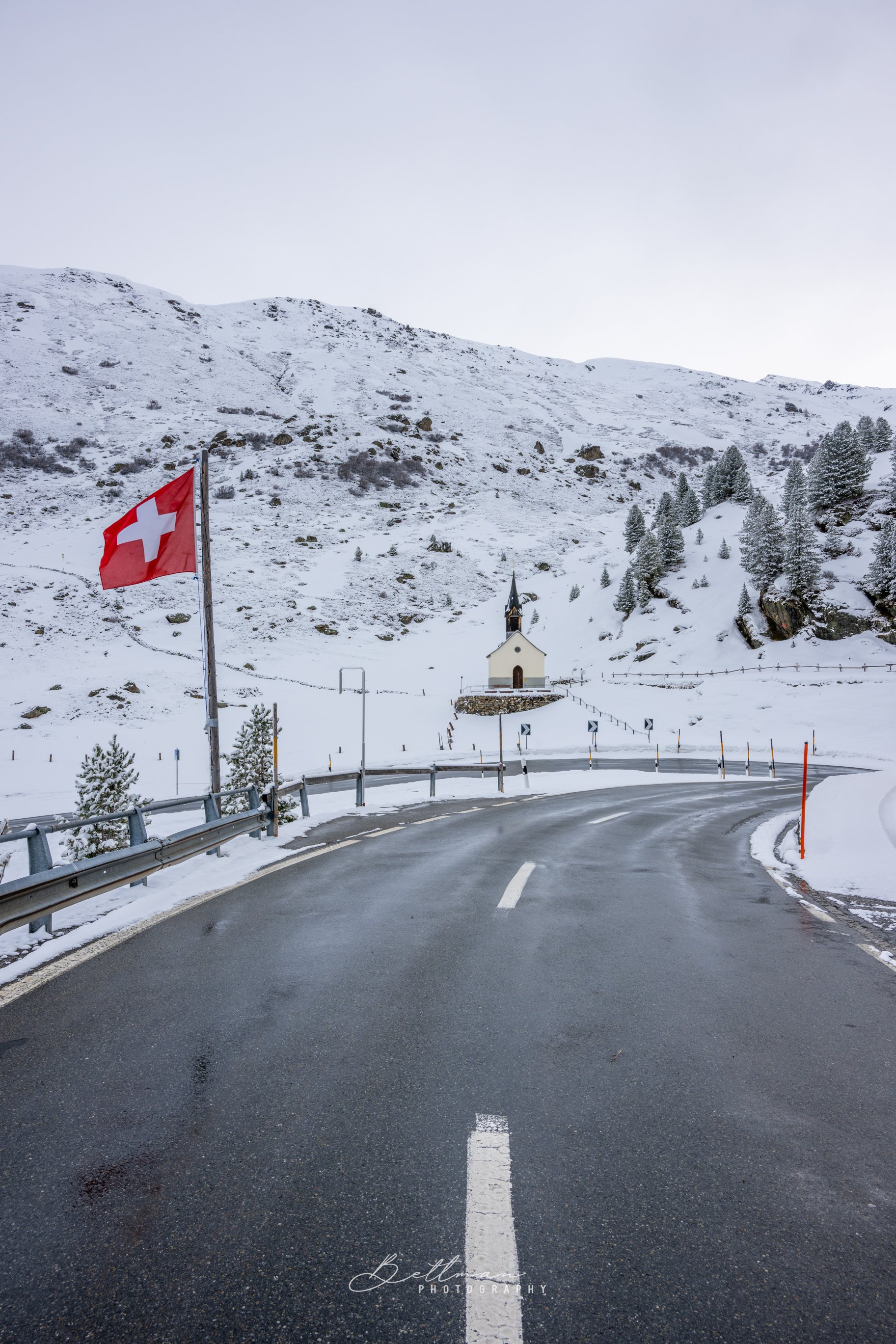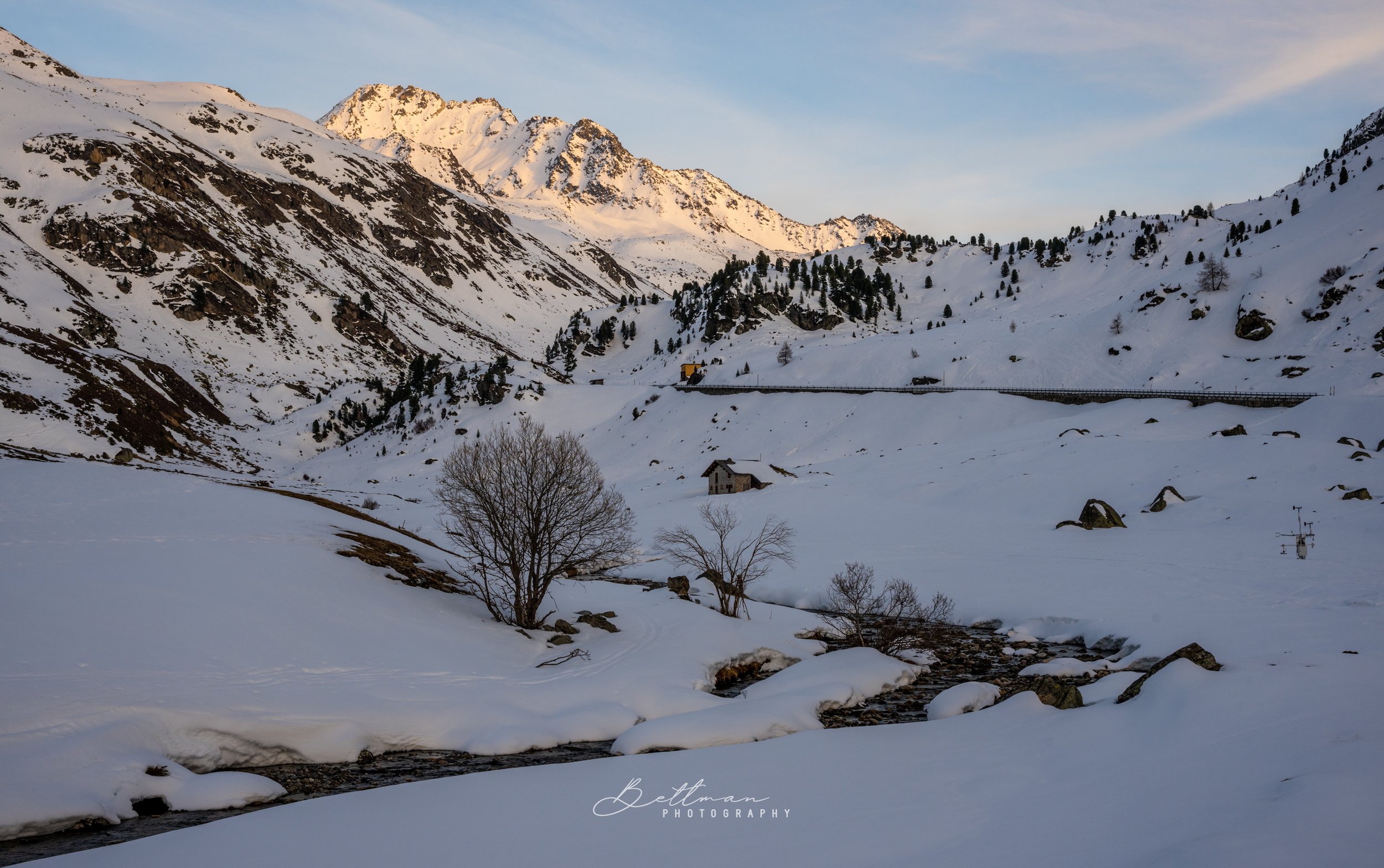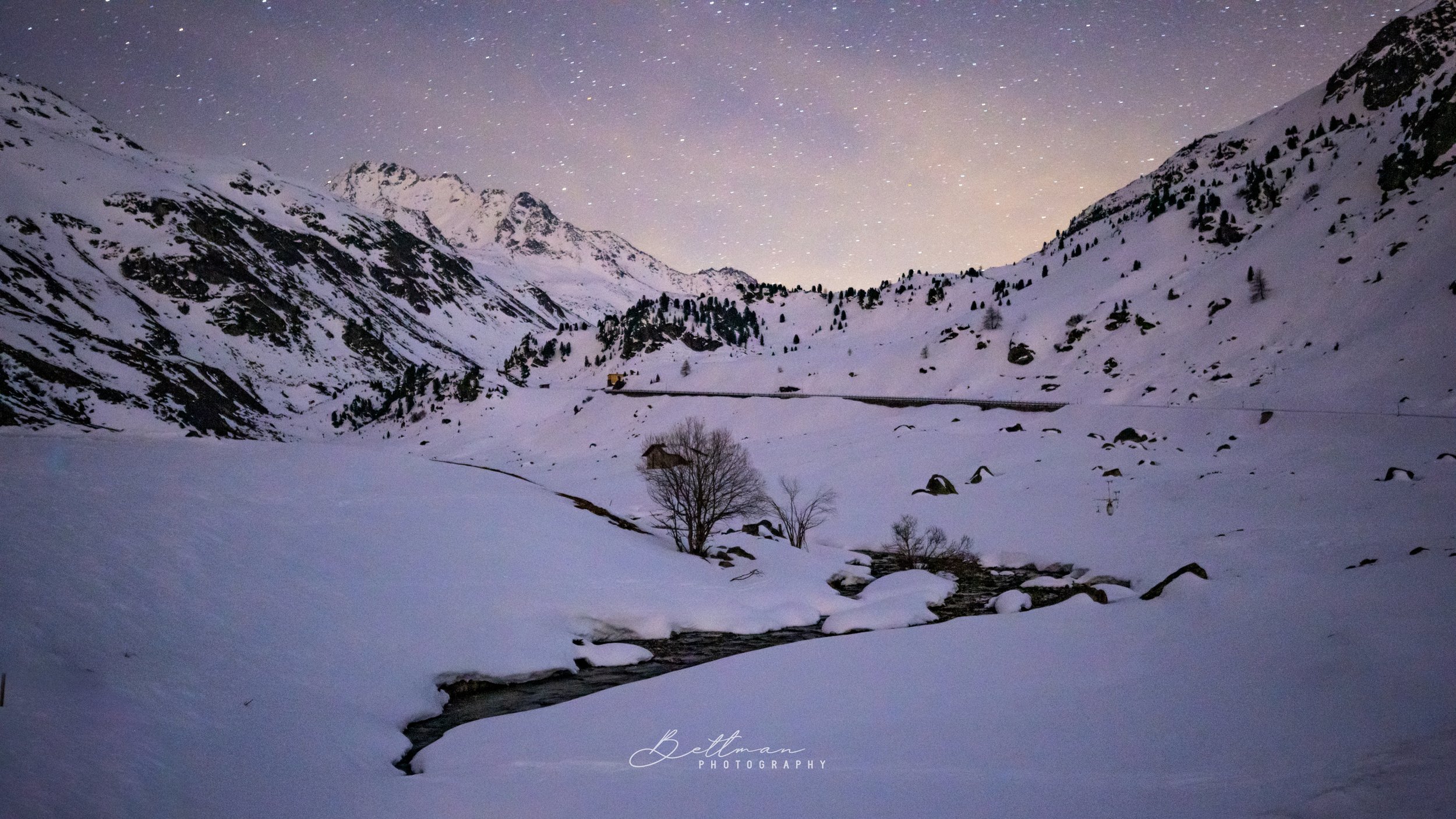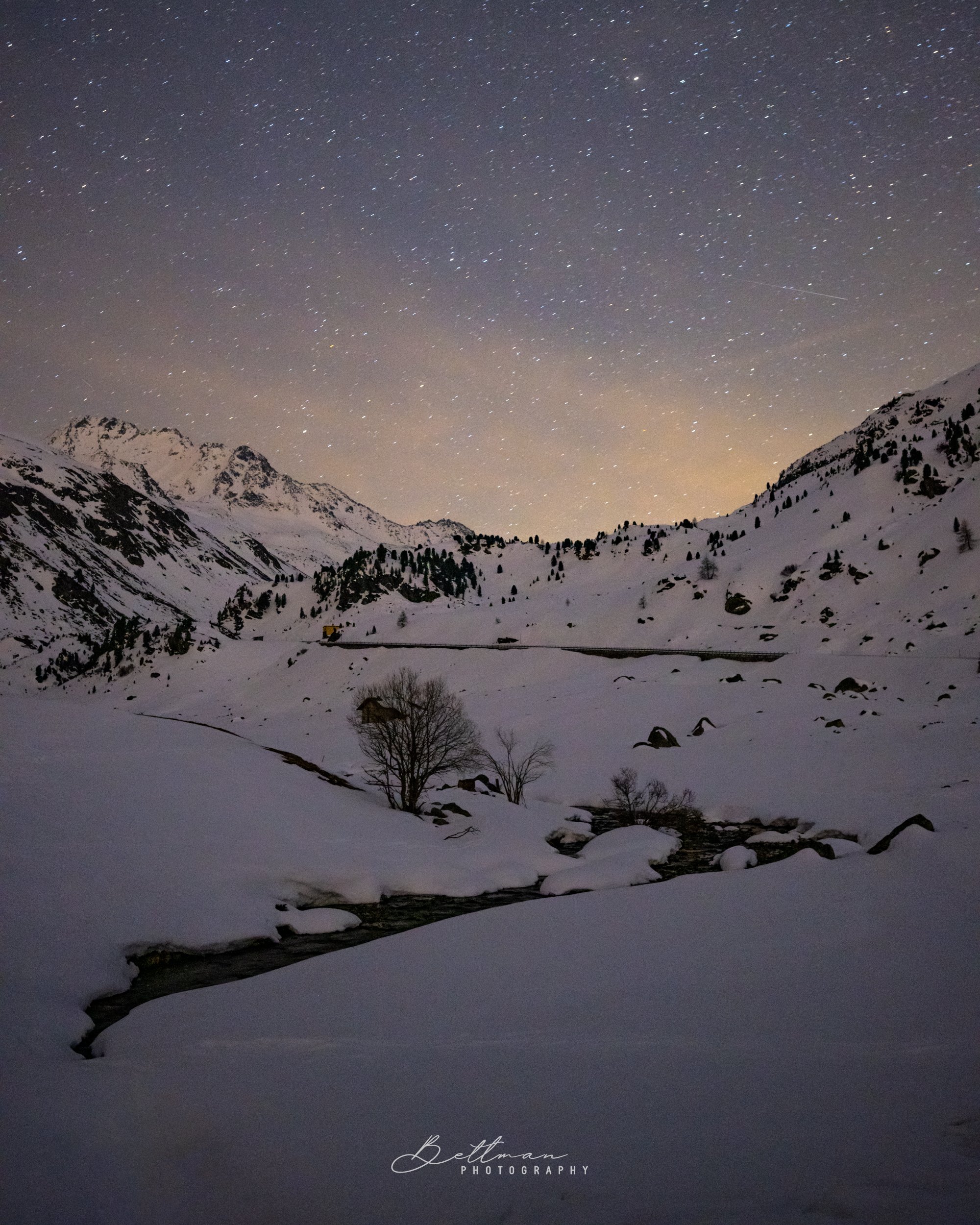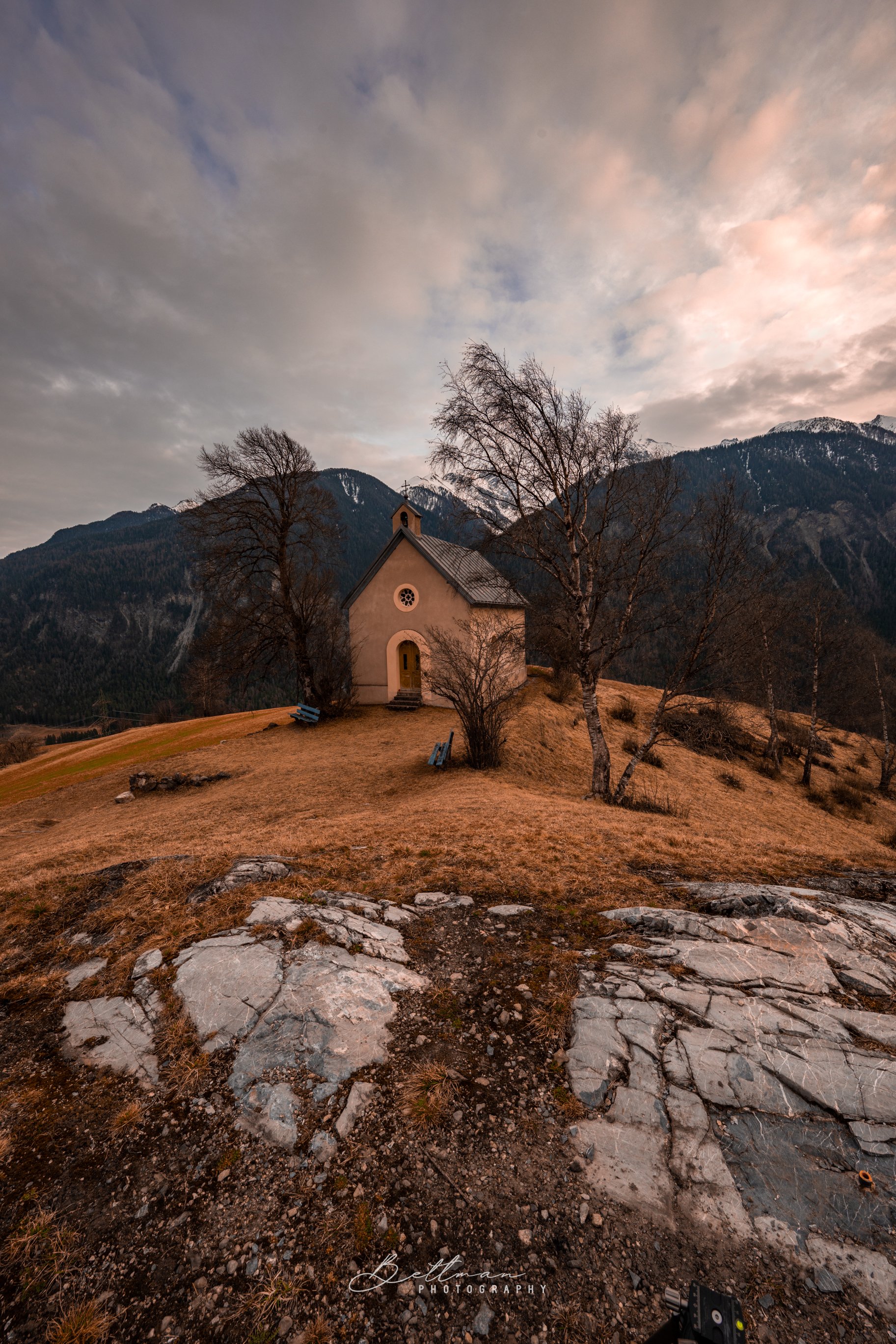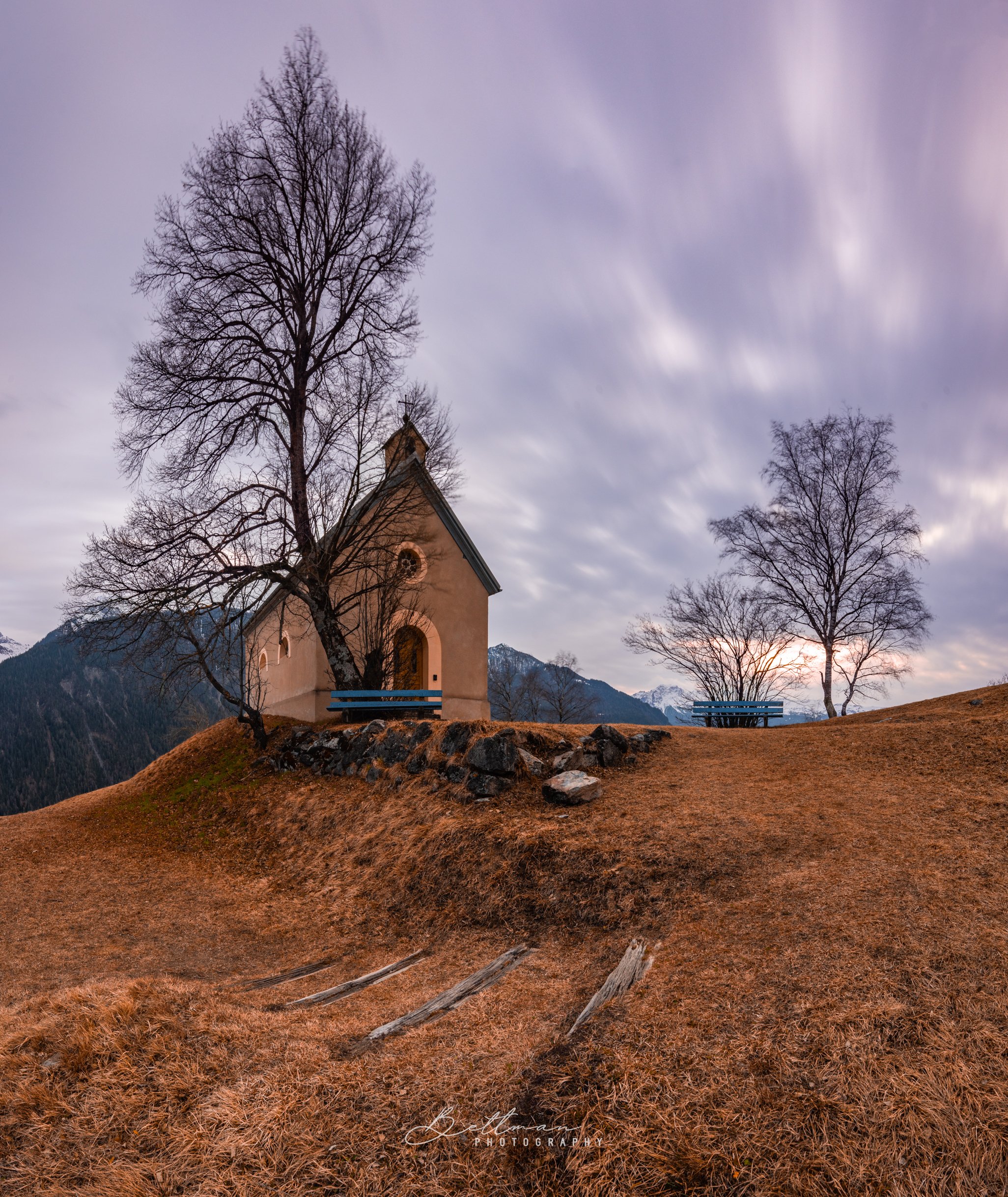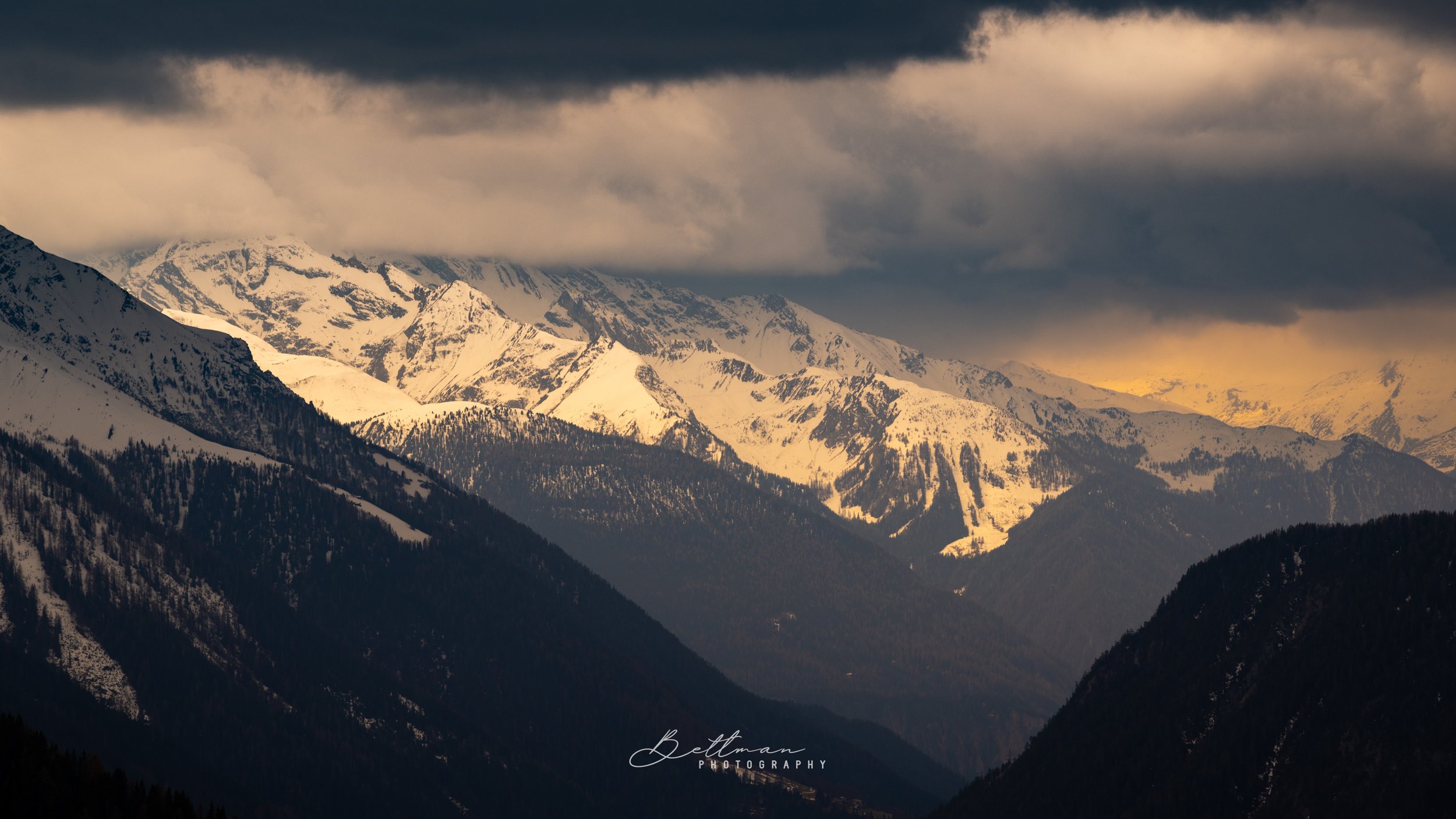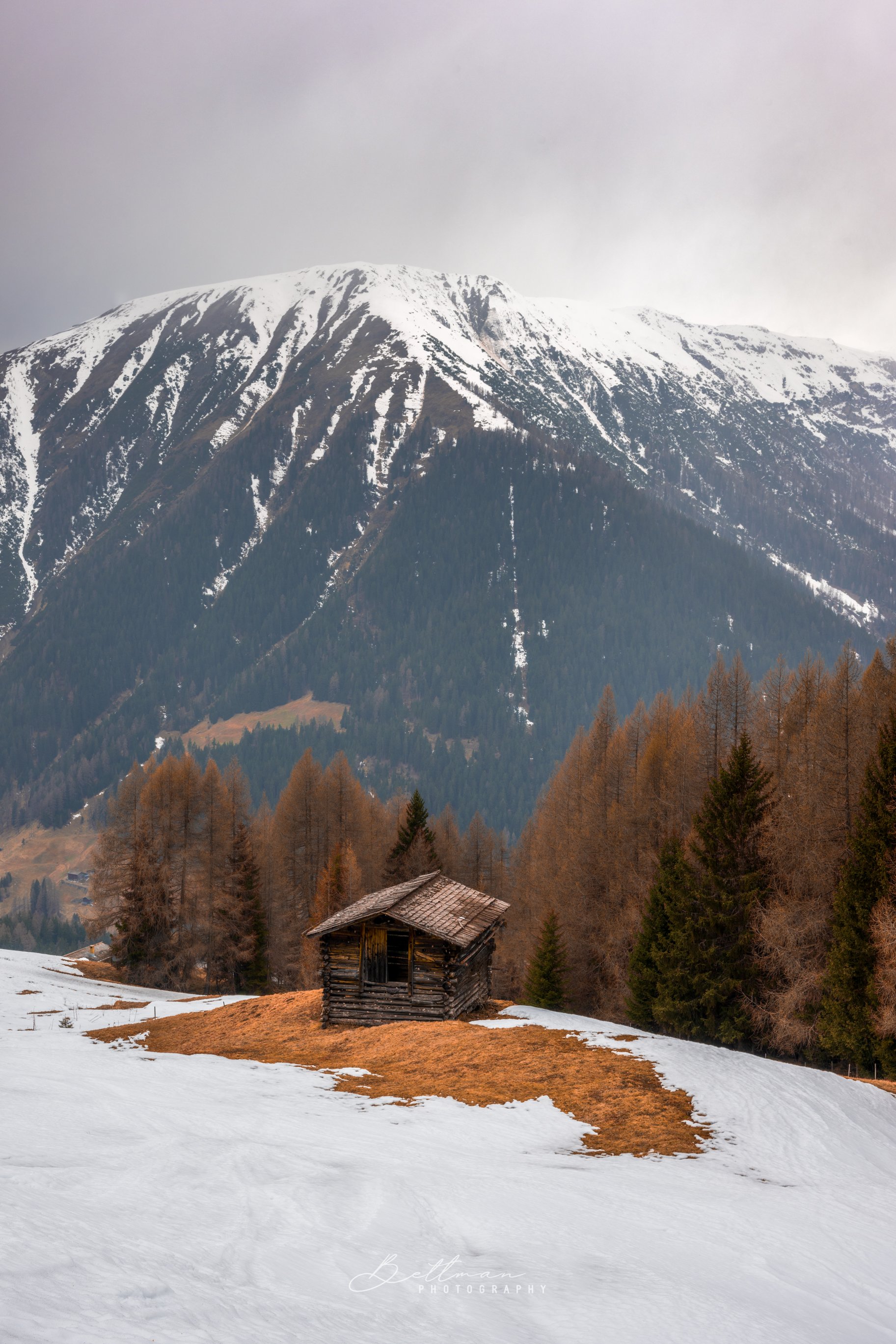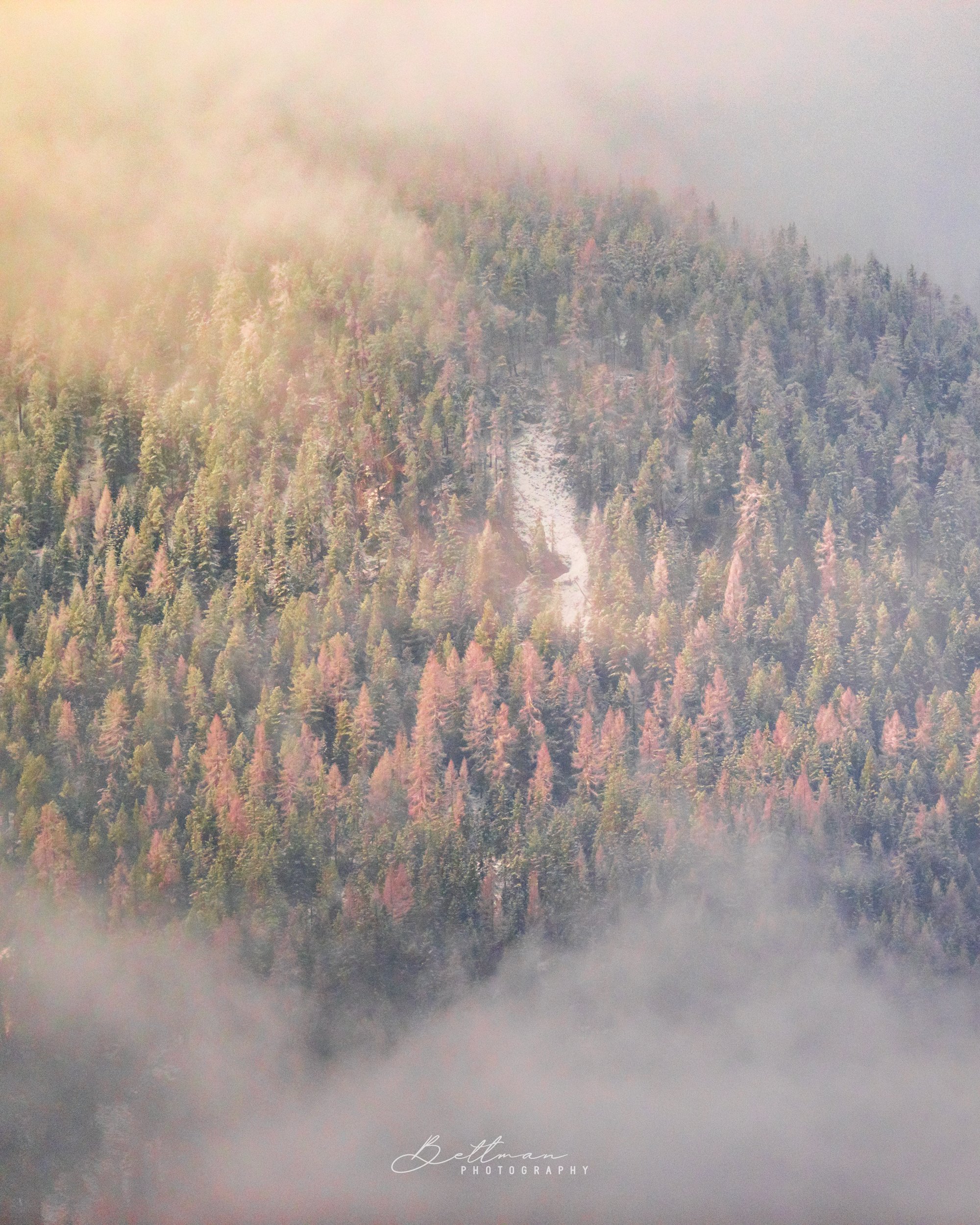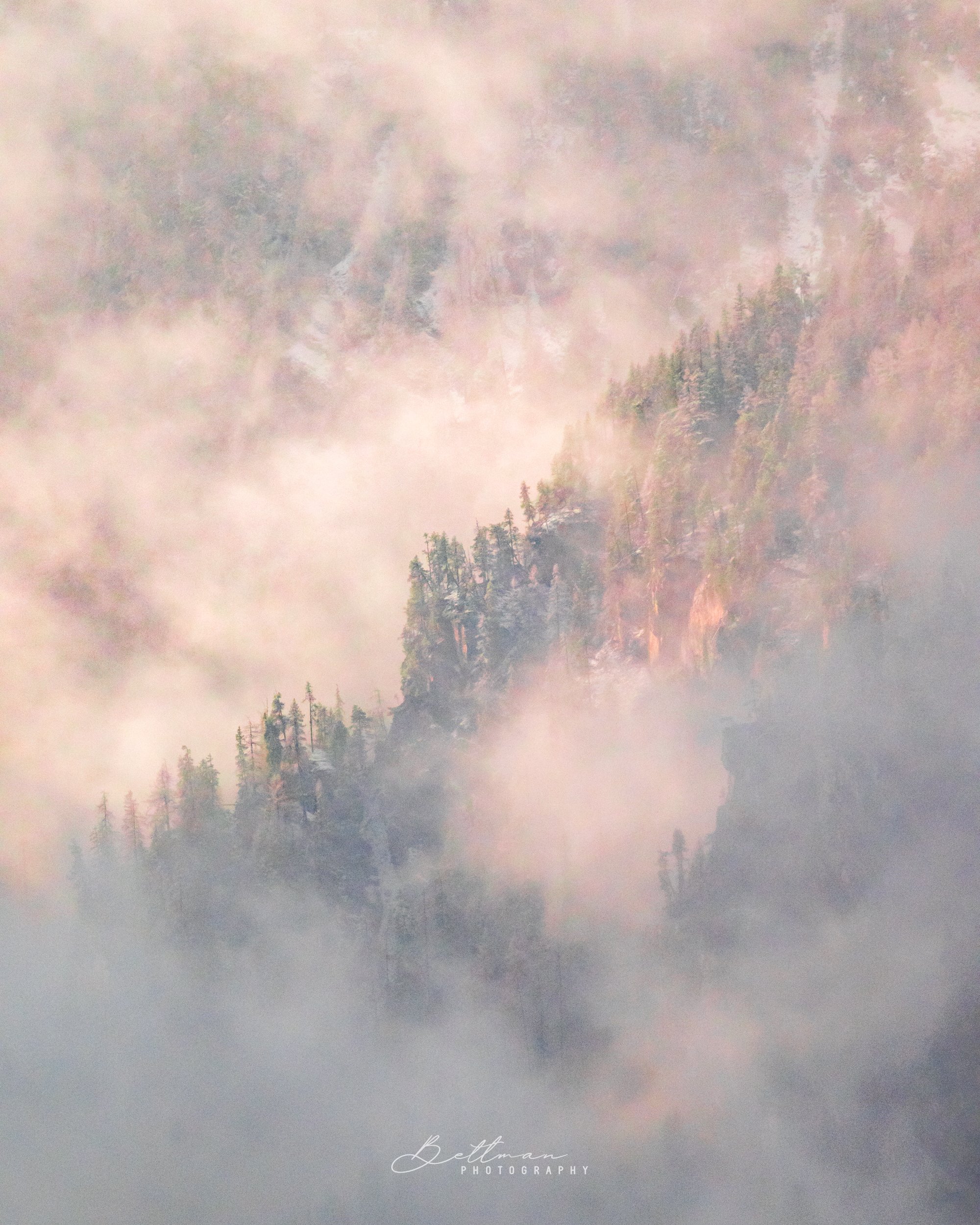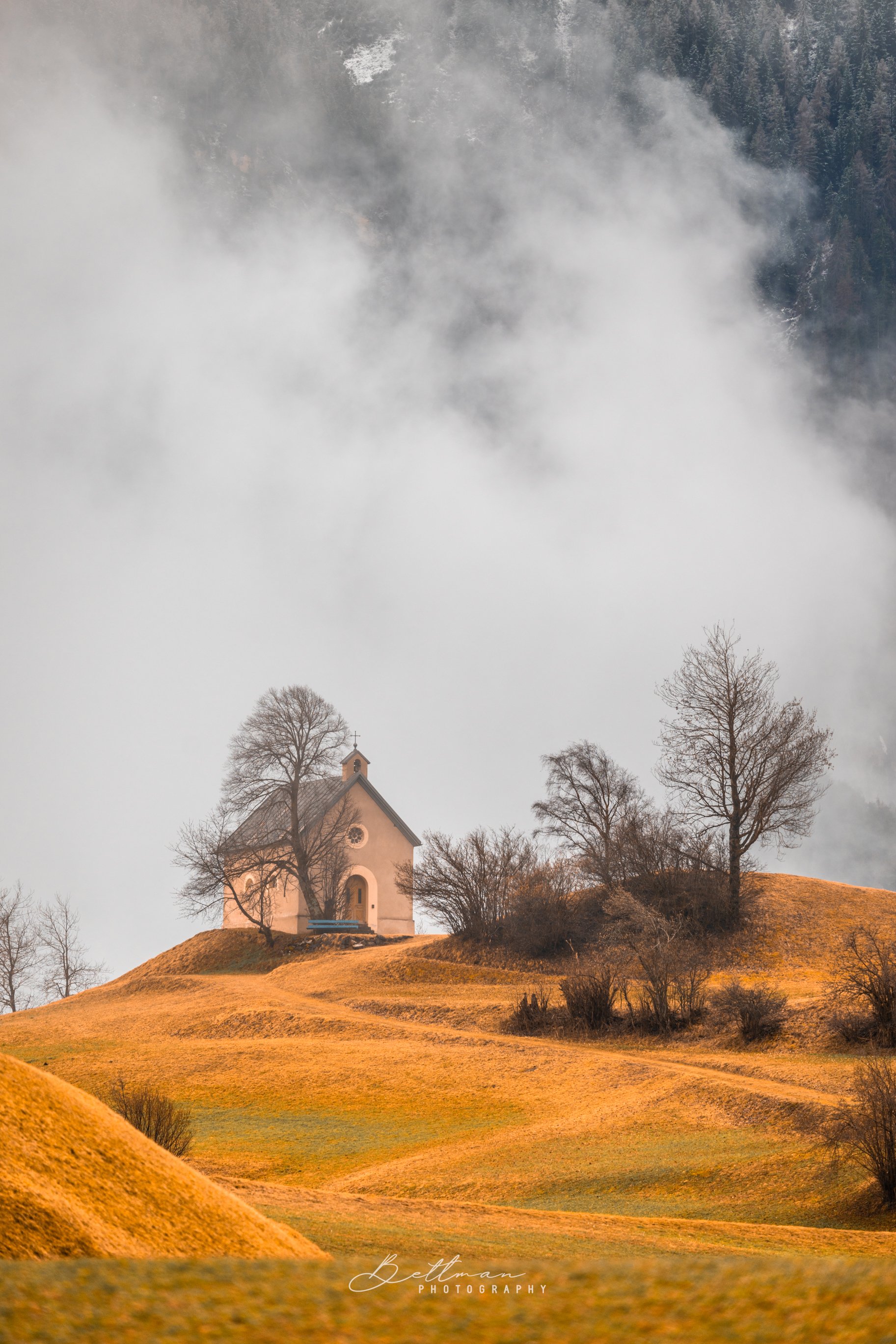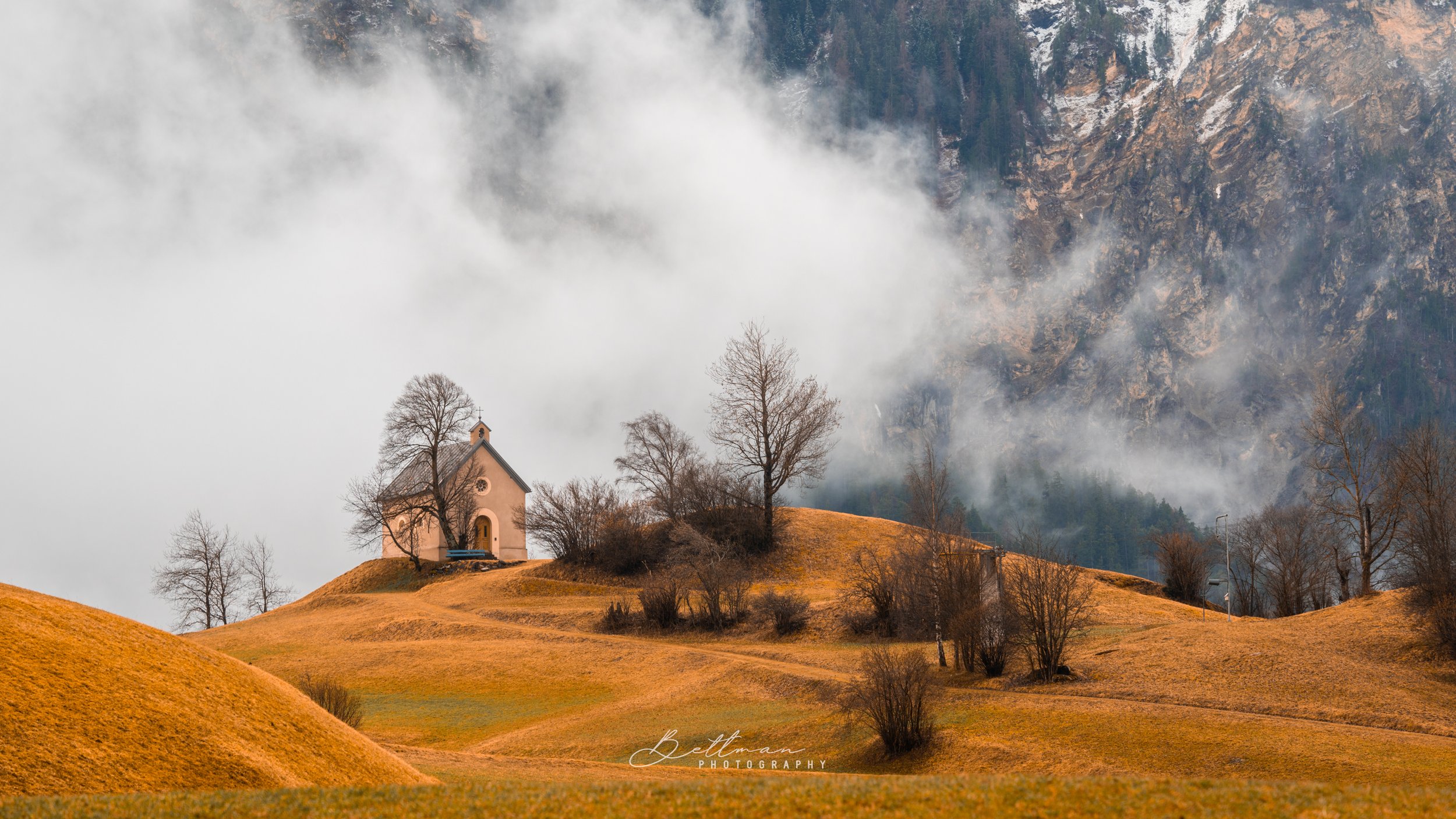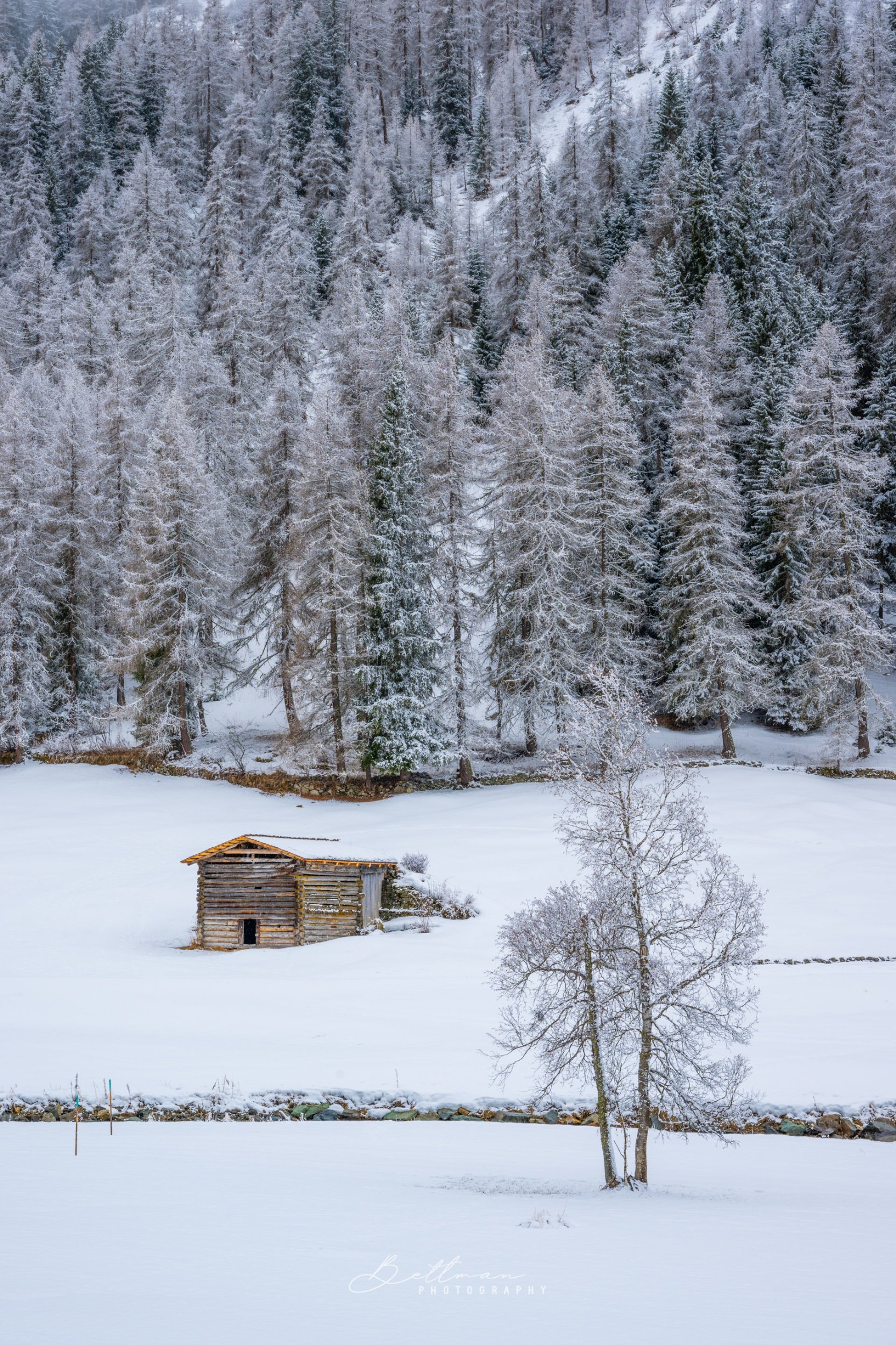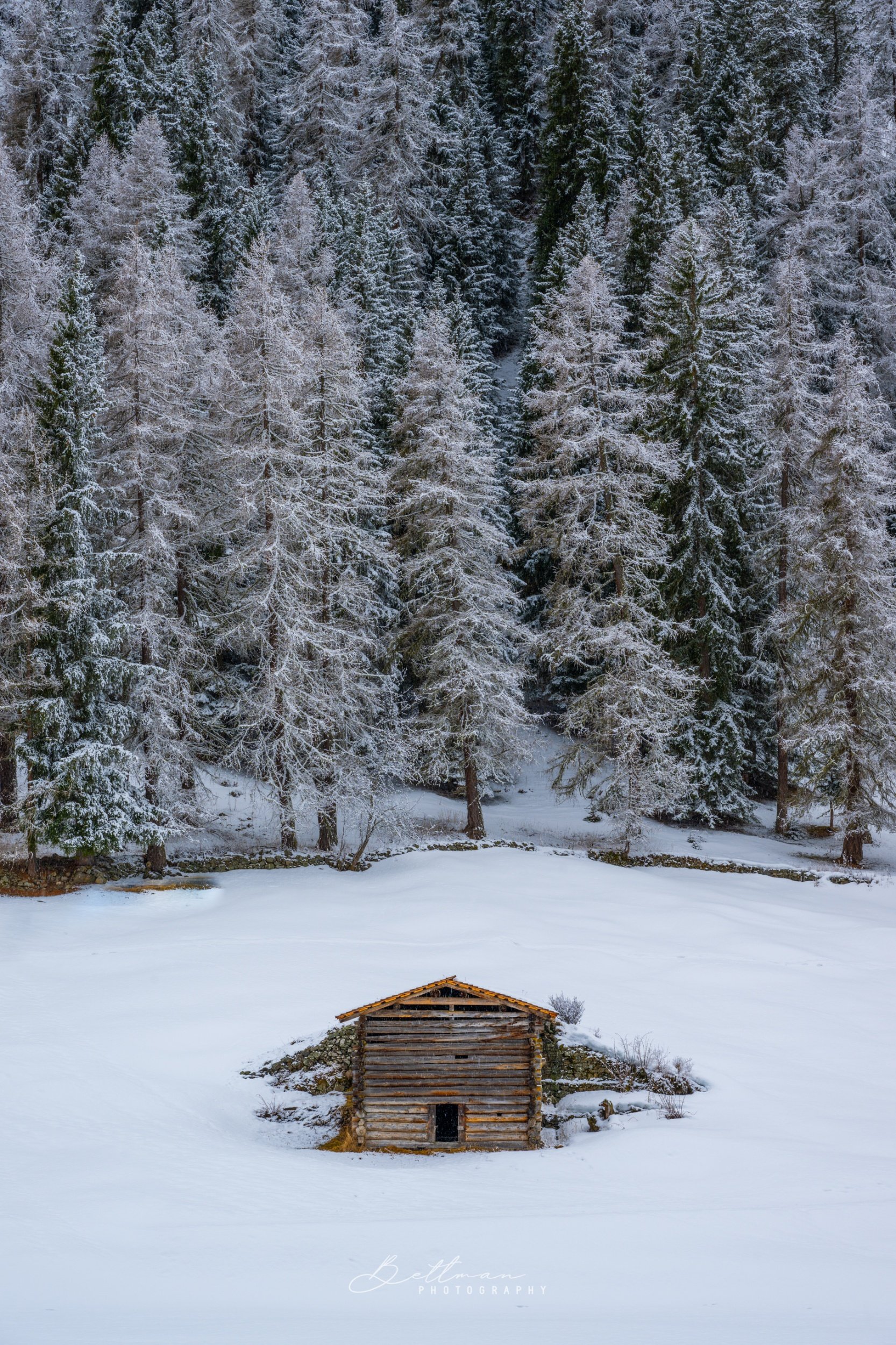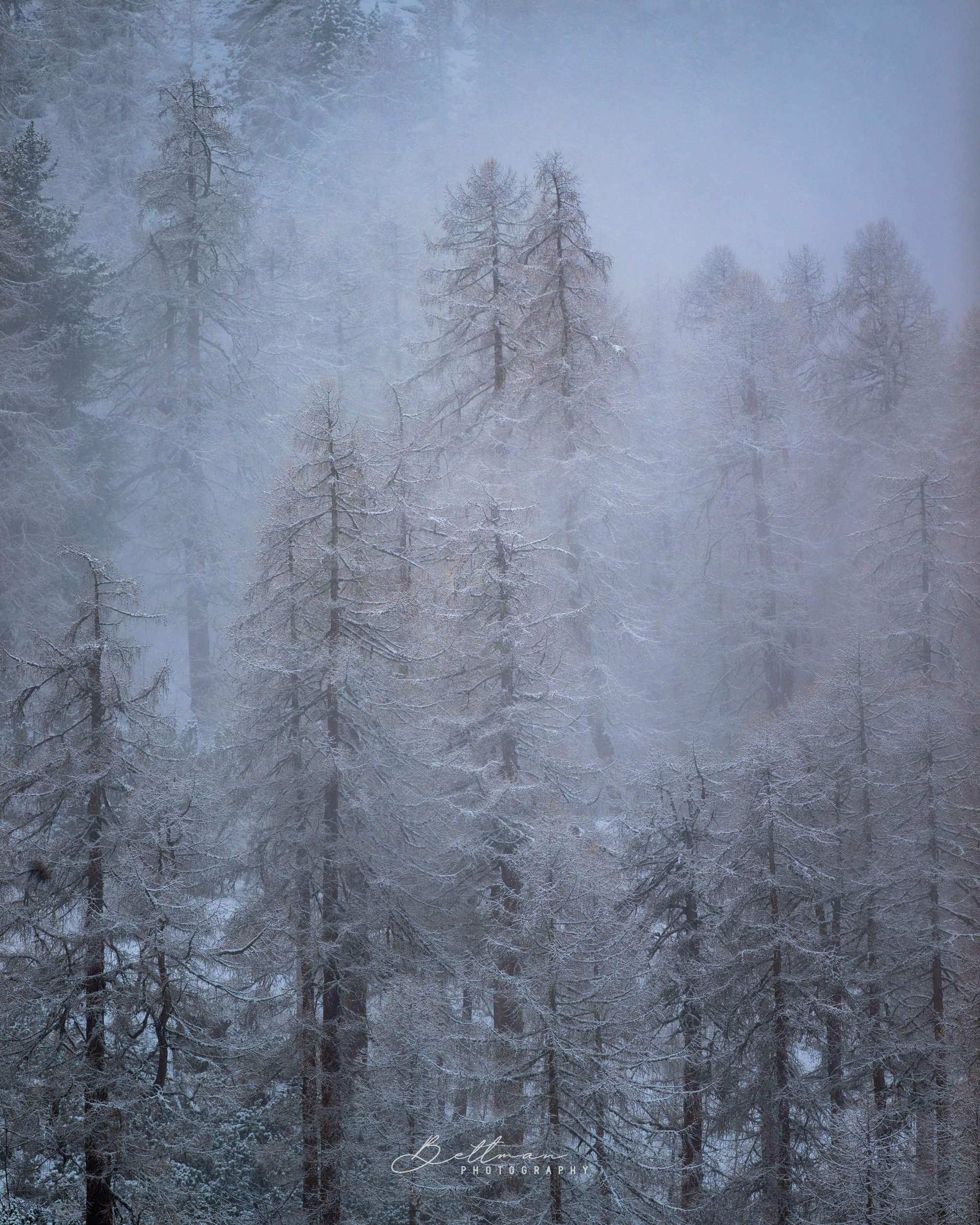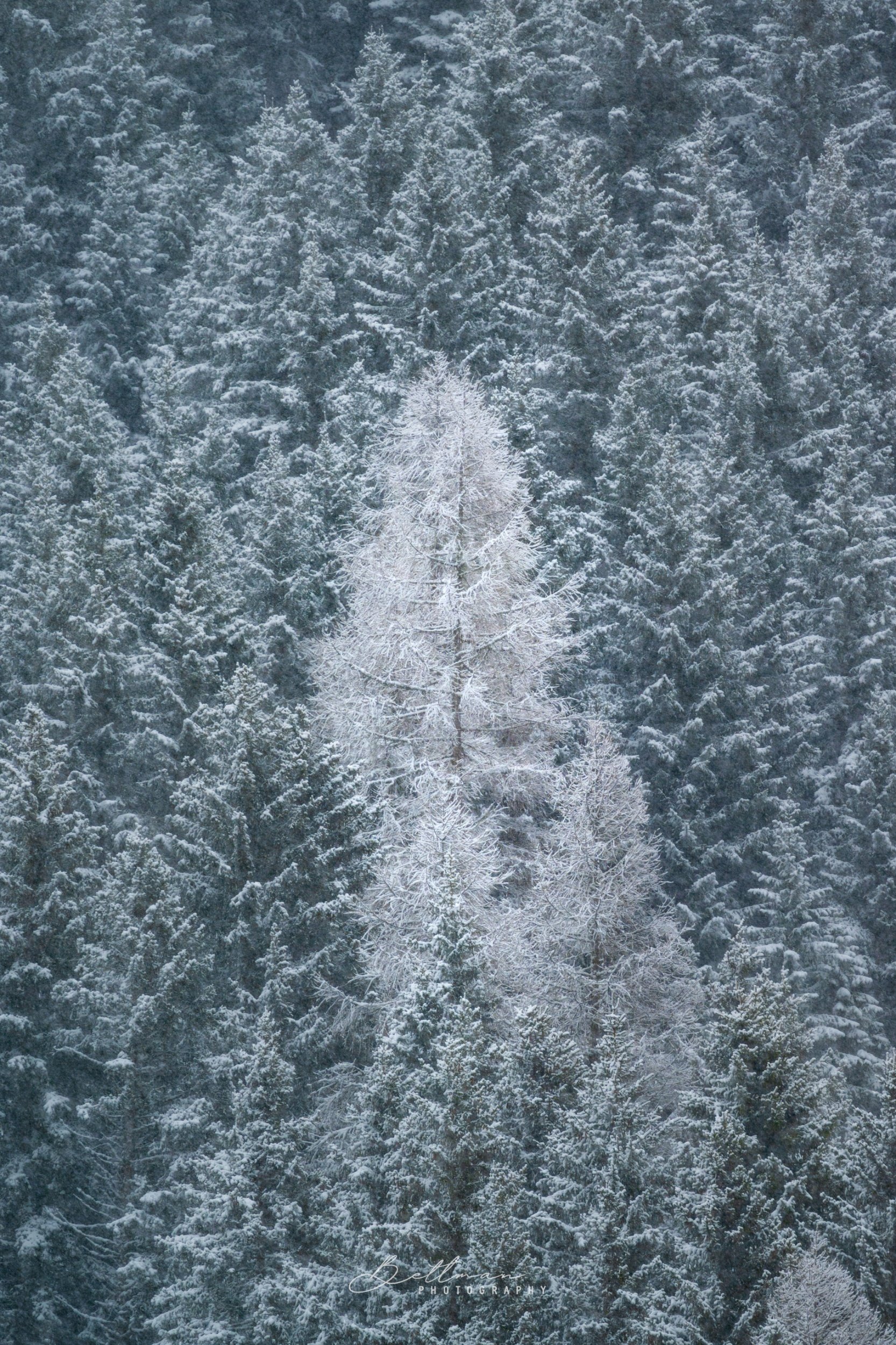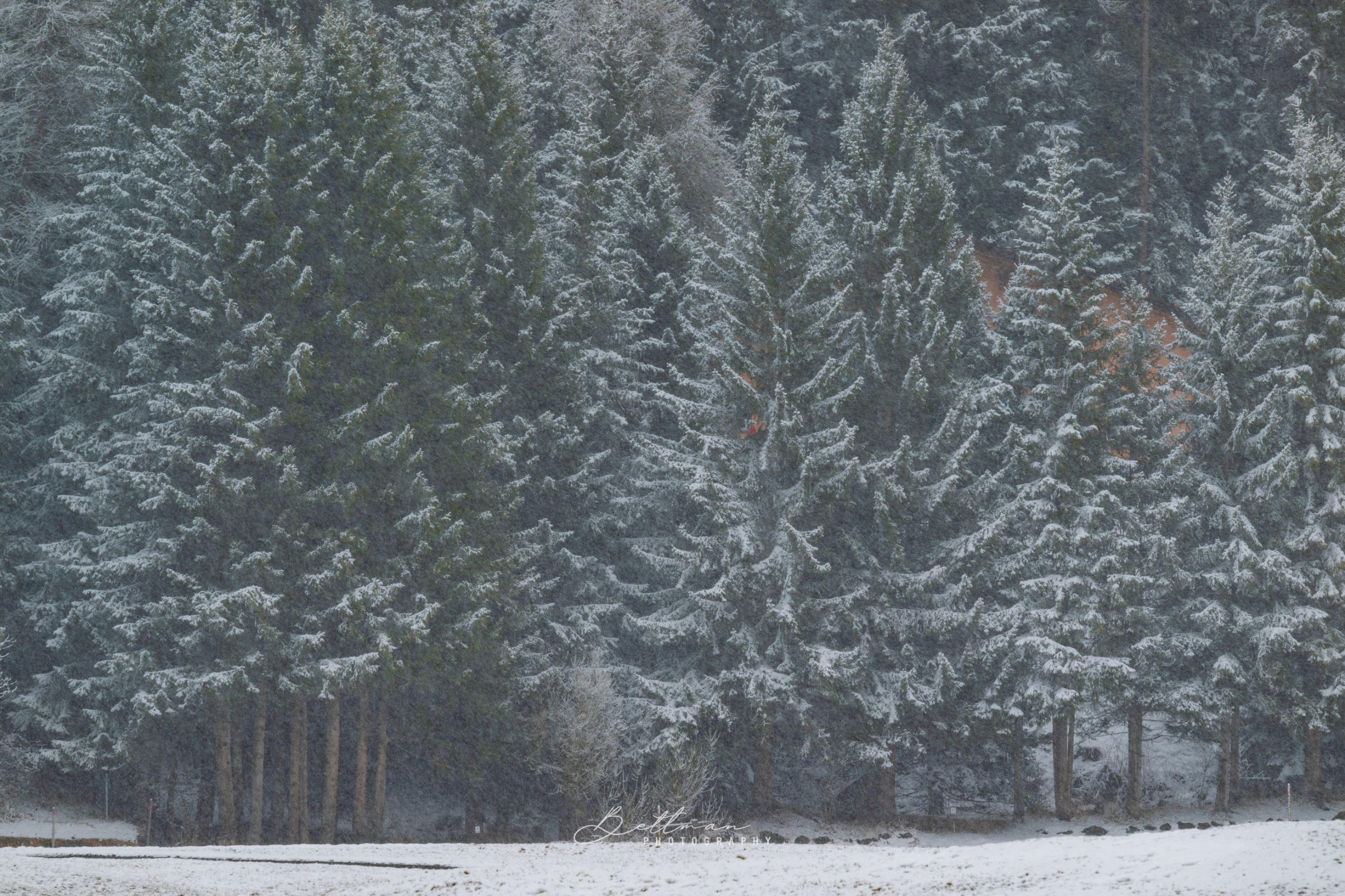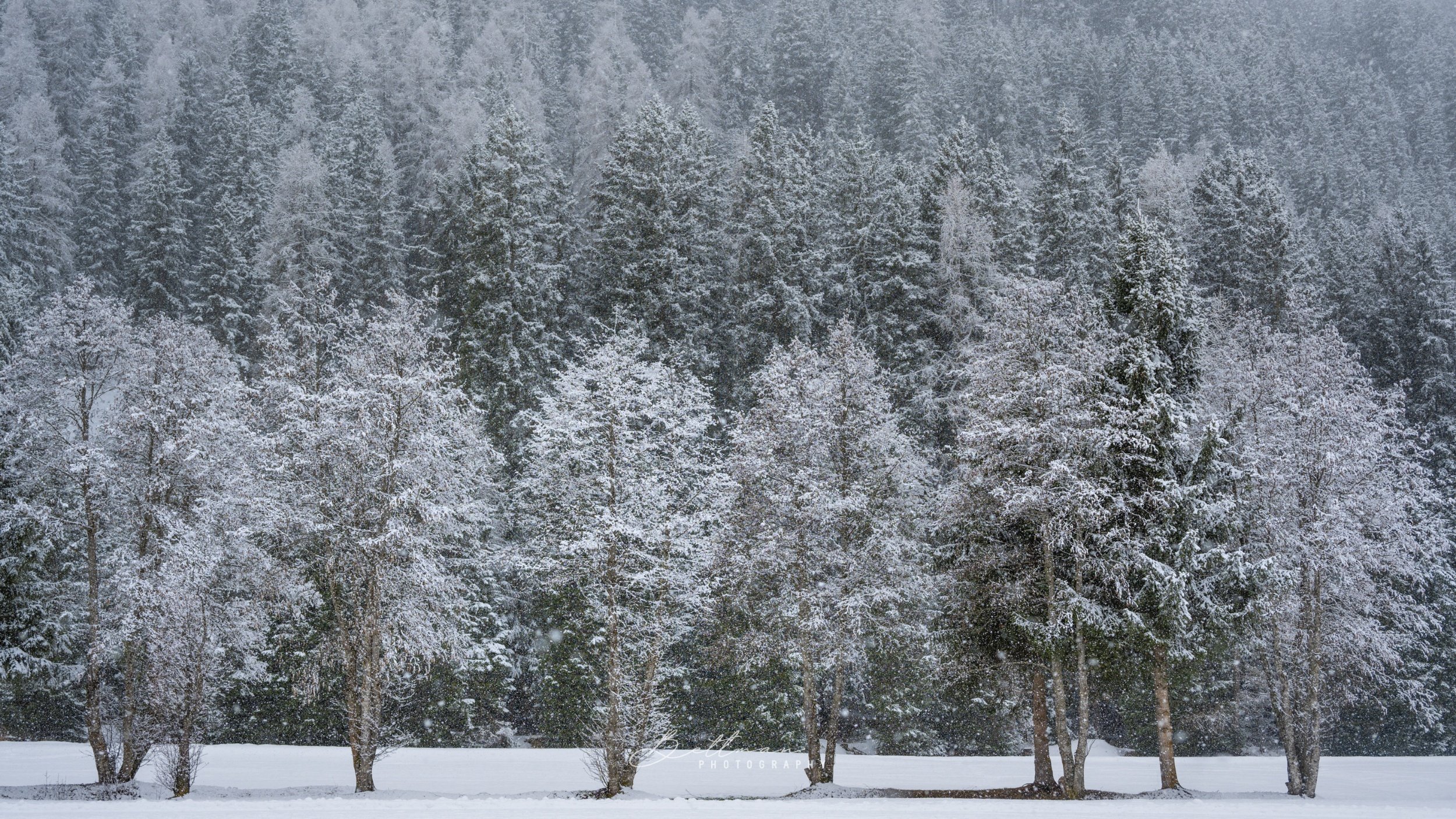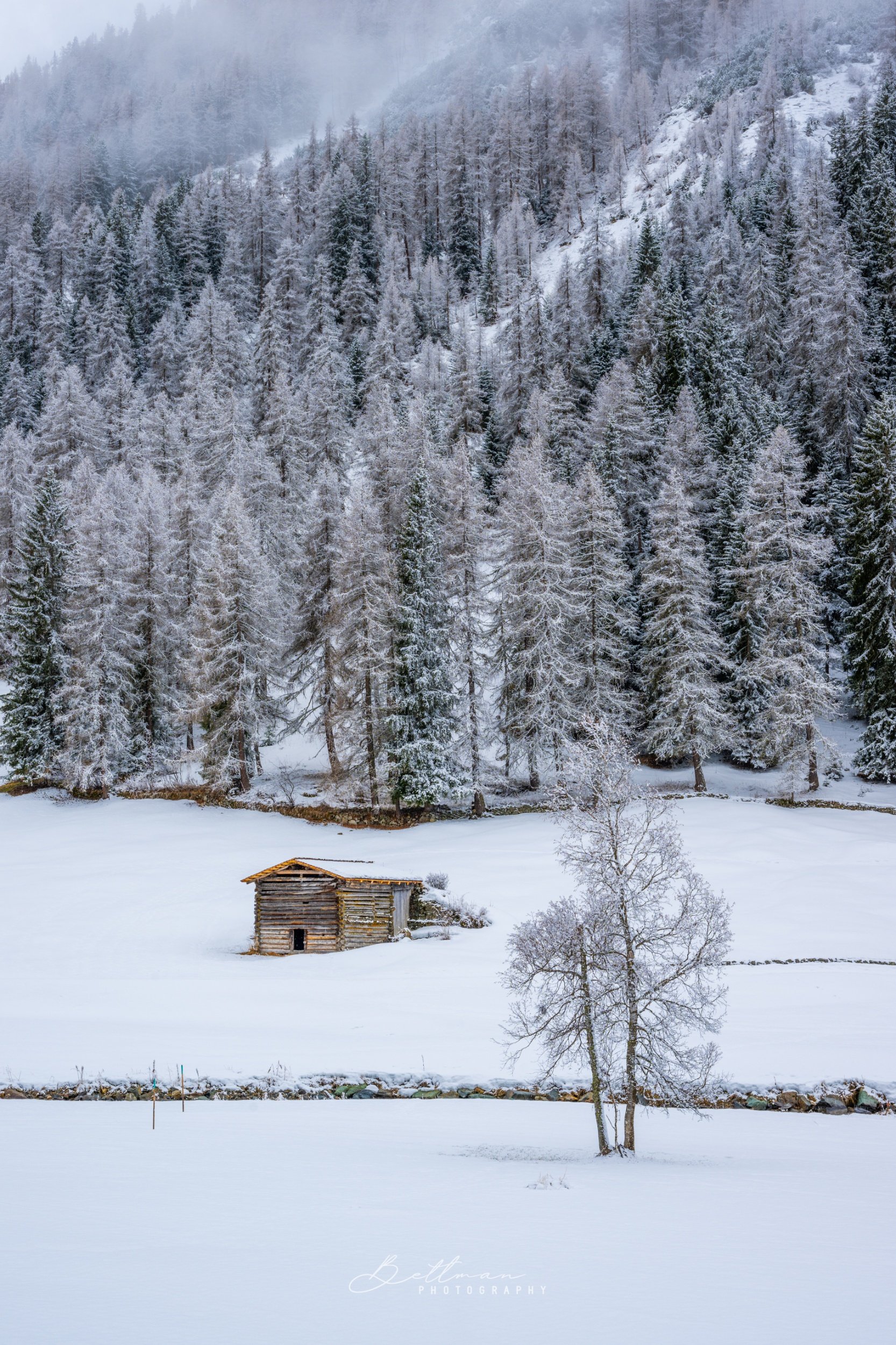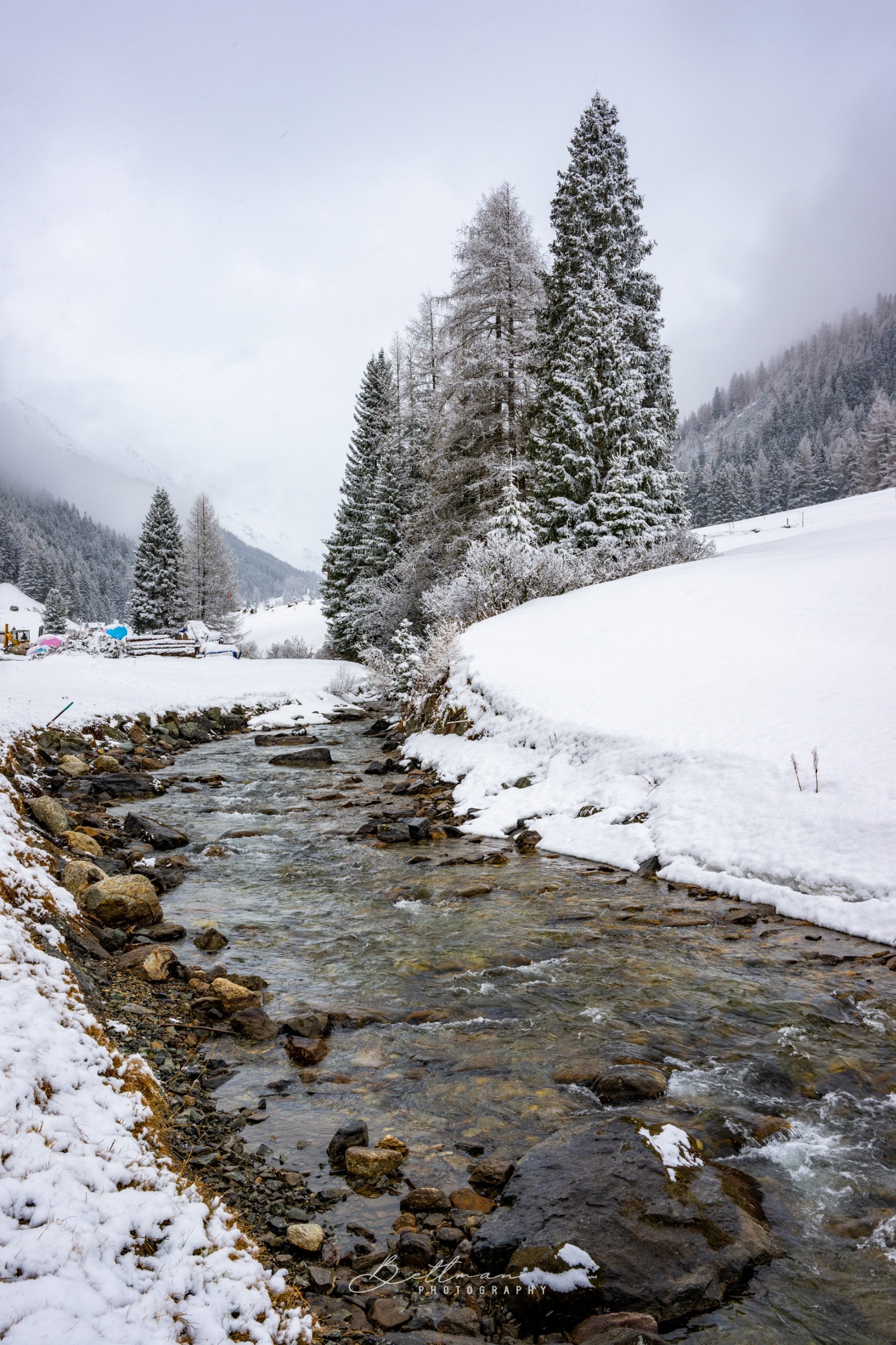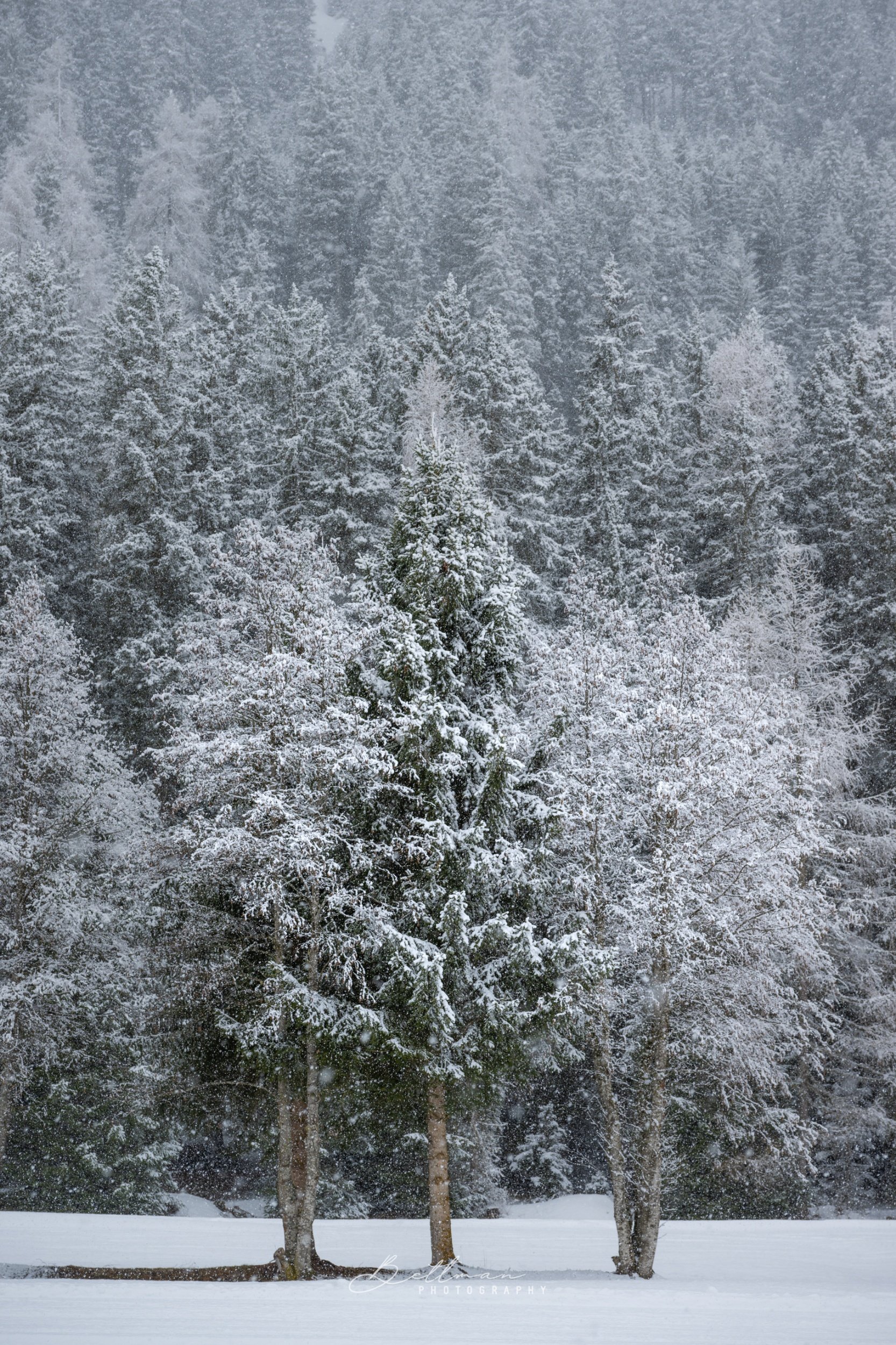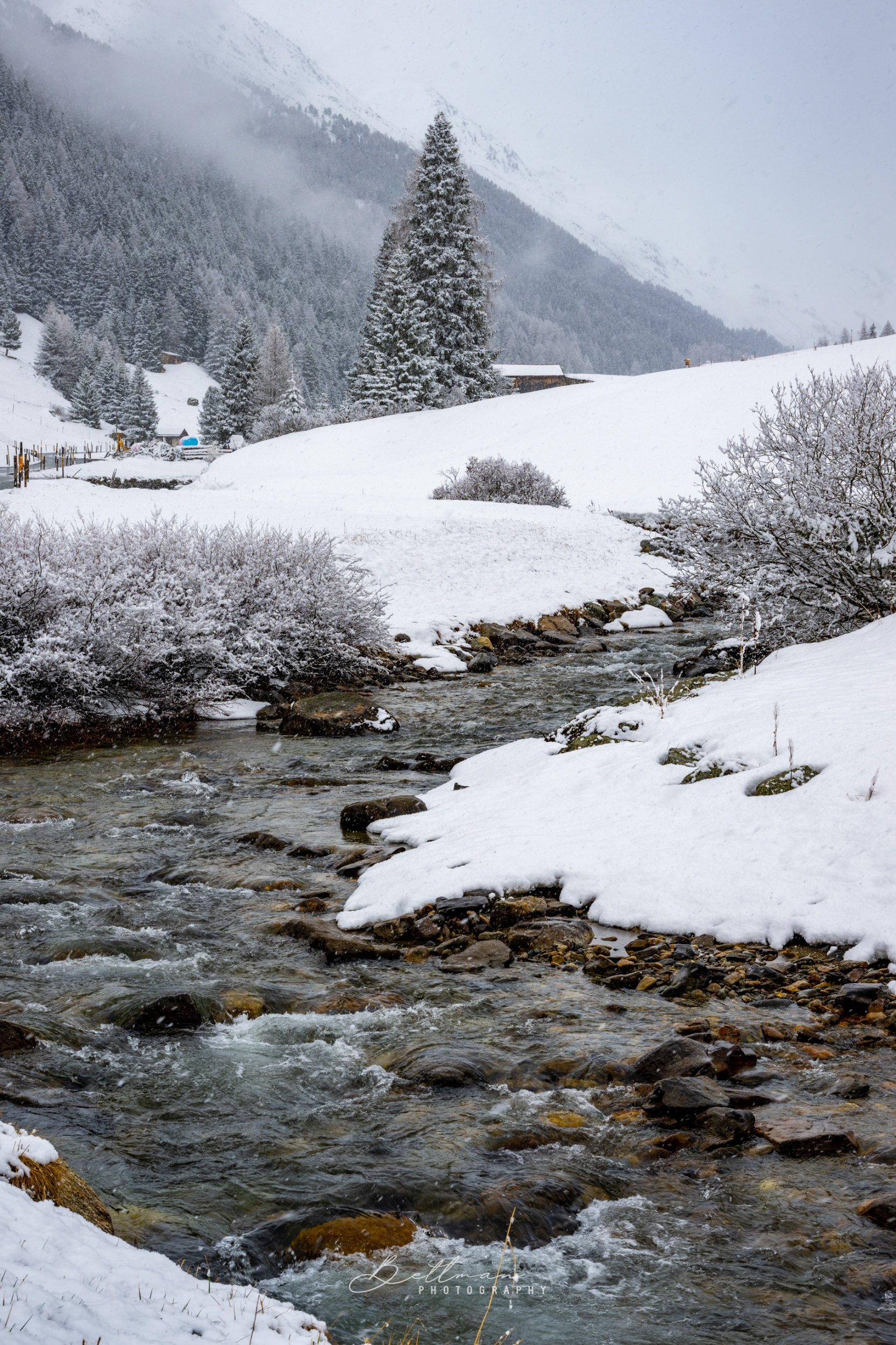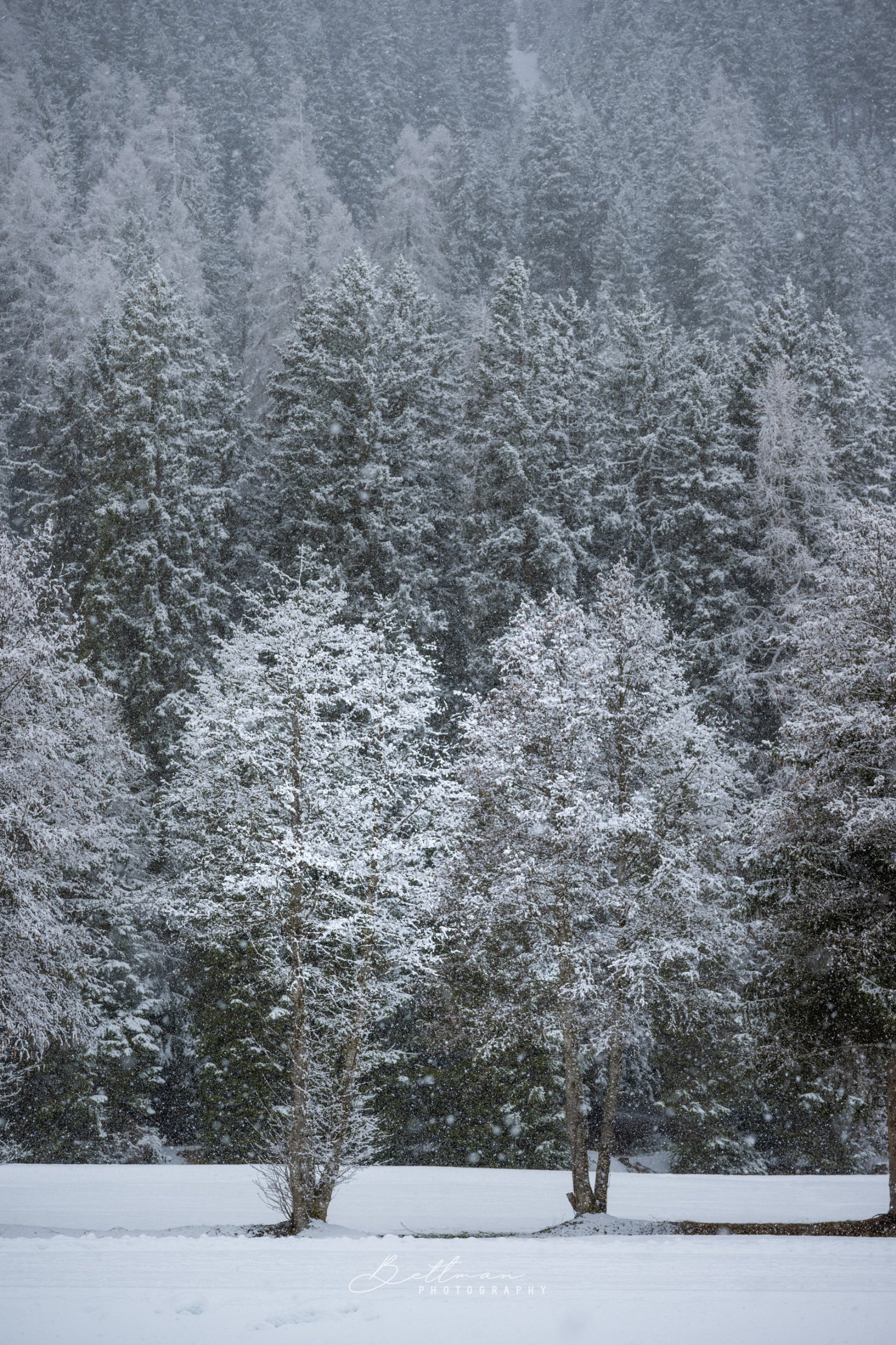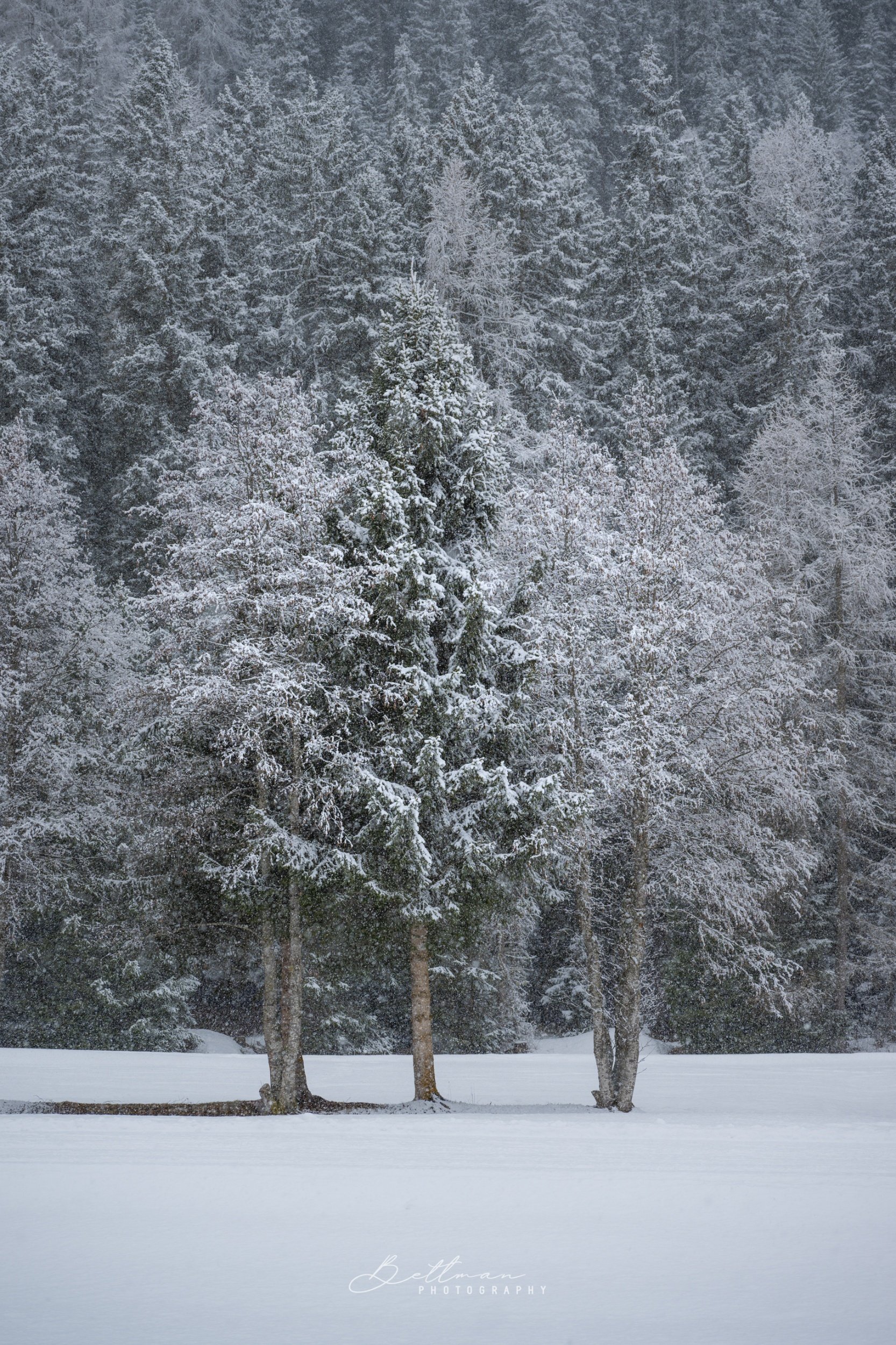The Nikon Z 9 - A landscape camera?
A blog about photography
Is the new Nikon Z 9 flagship camera, a camera for us landscape photographers? At first glance, it has a 45mp sensor, but also the best weather sealing of the Z-line. Are the illuminating buttons an advantage when shooting? Or is the weight and size bringing the efficiency down as a landscape camera?
For this review, I have used the camera as I would do when in the field. This isn’t going to be a highly technical review, but more a real world use. I have included multiple photos in the review and a time-lapse video.
Nikon Z 9, Nikon 14-30mm F4S
First, the specs of the Z 9! (These are just some the key features / highlights).
45.7MP Stacked CMOS sensor
30 fps JPEG shooting
20 fps Raw shooting (for over 1000 compressed Raws)
120 fps JPEG shooting at 11MP resolution
3.69M dot OLED EVF with reduced lag and greater brightness
2.1M dot rear LCD with multi-directional tilt
Twin CFexpress Type B card slots
Full-time electronic shutter camera
Sensor shield to protect sensor
For this review I took the Nikon Z 9 to Apeldoorn (NL) and Davos (CH). I was able to take both cityscape and landscape photos. I was especially looking forward to use the camera in Davos, because the weather prediction was snow and freezing temperatures.
Because I’m a landscape / cityscape photographer first, I have never looked at the flagship cameras of Nikon such as the D5, D6 and now the Z 9. The main reasons I have never looked at those cameras is the weight/size and the price point of those cameras. But, when Nikon asked me to review this camera, I did not hesitate and took the opportunity.
But first, let’s see what I brought to these trips:
Nikon Z 9
Nikon Z7 II
Nikon 14-30/4S
Nikon 24-120/4S
Nikon 100-400/5.6S
Personally, I really enjoy the F4 S-line lenses of Nikon, because of their compactness and sharpness.
Spoiler, I didn't use the Nikon Z7 II at all, because the Z 9 did everything and more (and wasn’t that super heavy on the hikes I did!).
Everything I brought to Davos.
What am I looking for in a camera?
For this real world review, I was mainly focusing on how I photograph with the Nikon Z7 II and how the Z 9 handles the same type of photography, but also to test some features that the Z7 II doesn’t have. The first thing that comes to mind is the rear LCD with multi-directional tilt and how good is the IBIS, as I tent to shoot without a tripod for as long as possible (I know, I’m a landscape shooter and I’m not using a tripod for every photo I take, insanity!).
The camera sensor produces the same megapixel (45MP) images as the Z7 II. However, the file sizes are much smaller compared to the Z7 II (51mb vs 91mb), but I couldn’t see a difference even when pixel peeping. The high efficiency setting is truly amazing and delivers high quality files without any loss of detail.
Another thing was the battery life. The flagship camera that the Z 9 is, takes those very large, bulky batteries. I charged it before I left for Davos and I did have 35% left after shooting for 6 days in freezing temperatures and over 1250 photos! The battery life is absolutely better than the Z7 II battery, but that was also expected. What I didn’t expect, was that I would have 35% left when the trip was coming to an end while shooting every morning and evening. That is really astounding!
Nikon Z 9, Nikon 100-400S at 400mm
Nikon Z 9, Nikon 100-400S at 250mm
Nikon Z 9, Nikon 24-105/4S at 24mm
A few specs I didn’t know I wanted in a camera:
The Ergonomics of the Nikon Z 9. No discussion possible. The camera handles super smooth and quick. Much faster to operate than Z7 II, more customization options, illuminated buttons and vertical grip. This all helps to feel more natural when shooting.
No shutter mechanism. Because I like to shoot handheld, the no shutter mechanism is a big thing as there is less chance for camera shake when you’re shooting a slower shutter speeds. When I was using the 100-400S lens, I didn’t had any problems to get sharp photos at 1/10th at 400mm!
The 20 frames per second is something a landscape photographer usually doesn’t need, but oh my, how wrong was I. As I often shoot handheld, a quick burst of 3 to 5 images greatly decreases the chances of a blurry frame. Besides this, to get these frames within a fraction of a second, also diminished the times the subjects move between the frames, which can be a real life saver.
Another plus of the 20fps is, that you’re able to get everything on the perfect place within your frame. A disadvantage of this, that you’re memory card is filling up really fast, so take that into account when shooting 20fps!
Screen pops out vertically and horizontally. Some people complain that it does not have full articulation as some other cameras. But I like the sturdiness of the Z 9 mechanism. It seems it’s gonna last the lifetime of the camera.
Nikon Z 9, Nikon 100-400mm, ISO200, F5.6, 1/10th, 400mm
Pros & Cons of the Nikon Z 9
Let’s start positive! The pro’s of the Nikon Z 9.
- The 2.1M dot rear LCD with multi-directional tilt. Like I said above, this is really nice to have in the field, especially when you’re shooting handheld and you need to photograph from a lower / higher angle.
- The 45mp sensor, but with the smaller files due to the high efficiency setting. Your harddisk will thank you for it :).
- The weather sealing. The camera didn’t mind the snow, rain or the cold. It does what you expect from a flagship camera.
- The battery life is astounding. Having still 35% left after shooting for 6 days in the cold is just amazing.
- The ergonomics / vertical grip build in. I know, this is a point that is discussed between photographers. This is purely my own opinion as I really liked to hold the camera comfortably while shooting in the vertical position.
Now, the cons of the Nikon Z 9 (but are they really cons?).
- It’s big and heavy. But that’s something you choose for when you get this camera. The Nikon Z 9 is close to twice the size of the Nikon Z7 II. The Nikon Z 9 didn't fit in to my normal ICU, but luckily, it fits into my standard camera bag (a LowerPro Protactic 450aw II), but I usually don’t use that one when I’m out hiking in the mountains.
- The price. For the price you get an absolute beast of a camera, but at €5999,- the camera is expensive and close to double the price of the Nikon Z7 II. Do I think it’s worth it? Yes and no. For what I do, I don’t think the obvious upgrades overcome the price difference on a personal level. But, if you have the money, and you really need the 20fps, the better autofocus and can handle the size and weight, I can absolutely say, go for it!
Nikon Z 9, Nikon 14-30mm, F11, ISO64, 1/200th, 30mm.
Conclusion
The Nikon Z 9 is an absolute beast of a camera and it will get you the results you want / need for every shoot in every terrain you’ll find yourself in.
The Nikon Z 9 made my life as a landscape and nature photographer much easier (and I didn’t take the Nikon Z7 II out of the bag even once). The little things that I said above add up and the overall experience with the camera is great. However, I don’t think it is worth the upgrade (or the €4000,- after trading it in) from the Nikon Z7 II I’m currently using. So unless you really need the AF performance and has video as a high priority, Z7 II will be a perfect camera for landscape and nature photographers for a very long time.
So, is the Nikon Z 9 a camera for the landscape photographer? Of course, you can get astounding landscape images with the Z 9 and the camera will follow you through everything. But, will you notice any differences with the Z7 II? I don’t think so.
Below you’ll find a great selection of photos I took with the Nikon Z 9 in Davos.
Enjoy and thank you for reading.

